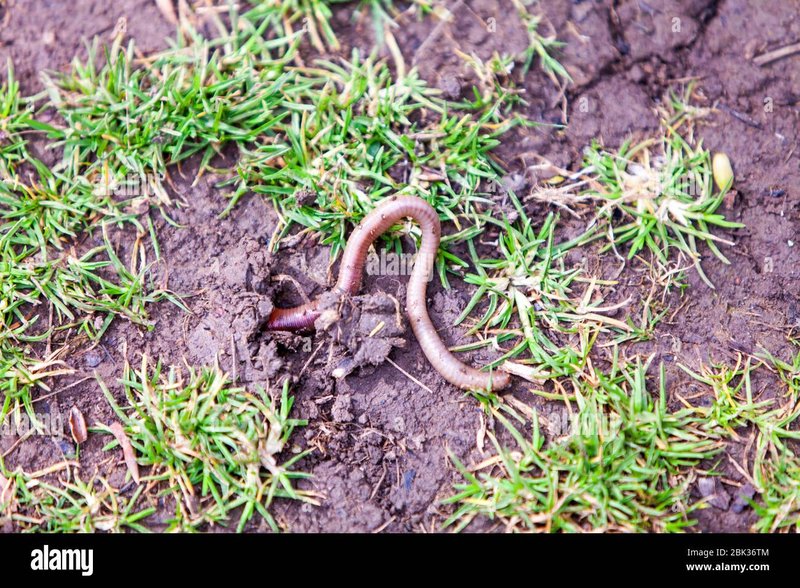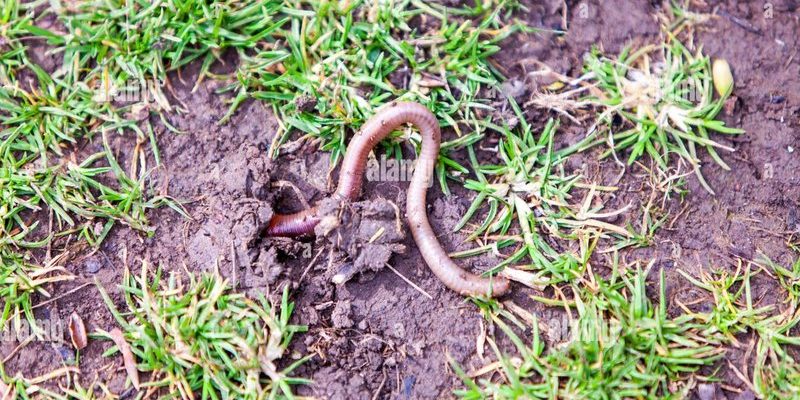
You might have heard of earthworms, but not all segmented worms are created equal. For instance, the *oligochaetes* are earthworms that thrive in soils and bolster plant health, while *polychaetes* can be found in marine environments, contributing to the underwater food web. It’s amazing how such small creatures have a big impact on their ecosystems. Let’s dive deeper into the world of segmented worms and discover what makes them so special and essential.
What Are Segmented Worms?
Segmented worms belong to the phylum Annelida, which means “little ring” in Latin, reflecting their unique body structure. These worms are characterized by their segmented bodies, which allow for flexibility and movement. Think of each segment as a link in a chain; they can contract and expand independently, giving these worms the agility to burrow through soil or swim in water.
There are over 15,000 species of segmented worms, which are divided into three main classes: oligochaetes, polychaetes, and hirudinea (leeches). Oligochaetes, like earthworms, are typically found in moist environments and play a vital role in soil health. Polychaetes, on the other hand, thrive in marine environments and often have bristles (chaetae) that help them move. Lastly, we have leeches, which may not be everyone’s favorite, but they also play a role in their habitats, particularly in freshwater ecosystems.
Why Are Segmented Worms Important in Soil Ecosystems?
Segmented worms, especially earthworms, are vital for maintaining soil health. They help aerate the soil as they move through it, creating tiny tunnels that allow air and water to penetrate deeper. This process benefits plant roots, which need oxygen to thrive. When you think about it, it’s like how a good massage can relieve tension—these worms relieve soil compaction!
Moreover, as they consume dead plant material and organic matter, they break it down into nutrient-rich castings, often referred to as worm poop. These castings are packed with essential nutrients like nitrogen, phosphorus, and potassium, making them a natural fertilizer. Plants love to soak up these nutrients, which promotes strong growth and increased yields. In essence, segmented worms are the unsung heroes of sustainable agriculture.
How Segmented Worms Contribute to Aquatic Ecosystems
In aquatic ecosystems, segmented worms play a slightly different but equally important role. Polychaetes, for example, are often found in marine environments, living in burrows or tubes they create in sediment. They’re a key component of the food web, serving as a meal for fish and other aquatic wildlife.
Their presence helps to break down organic matter in water, similar to how they do it in soil. As they feed on decomposing materials, they recycle nutrients back into the water, ensuring other organisms have access to them. This process is crucial for maintaining water quality and ecosystem health. So, the next time you see fish swimming happily in clear water, remember that segmented worms might just be the unseen contributors to that vibrant environment.
The Role of Segmented Worms in Nutrient Cycling
Nutrient cycling is a significant aspect of any ecosystem, and segmented worms play an integral role in this process. As they consume and break down organic materials, they help convert those materials into forms that plants and other organisms can use. It’s like turning trash into treasure, where the waste from one creature becomes the food for another.
For example, in soil ecosystems, the nutrients from dead leaves, grass, and other organic matter get transformed into valuable soil amendments through the action of worms. When their castings are mixed into the soil, the nutrients become readily available to plant roots, promoting healthy growth. In aquatic ecosystems, the same principle applies: as segmented worms recycle organic debris, they maintain the balance of nutrients in the water, which is essential for the survival of fish and other aquatic life.
How to Encourage Segmented Worms in Your Garden
If you’re interested in boosting your garden’s health, encouraging segmented worms is a smart move. Here are some simple tips to create a worm-friendly environment:
- Keep the soil moist: Worms thrive in damp conditions, so ensure your garden soil is neither too dry nor too soggy.
- Add organic matter: Incorporate compost, leaf litter, or other organic materials into the soil. This not only feeds worms but also improves soil structure.
- Avoid harsh chemicals: Pesticides and chemical fertilizers can harm worms. Opt for natural fertilizers and pest control methods instead.
- Practice crop rotation: Changing the types of plants you grow each season can prevent soil depletion and maintain a healthy worm population.
By creating a welcoming environment for segmented worms, you’ll contribute to a thriving ecosystem that benefits your plants and the environment overall.
Segmented worms might seem small and simple, but their impact on both soil and aquatic ecosystems is undeniably significant. From enhancing soil health to contributing to aquatic food webs, these creatures are essential players in the larger environmental picture.
By understanding and appreciating the role of segmented worms, we can take steps to protect their habitats and encourage their populations. Whether you’re a gardener looking to improve your soil or someone curious about the workings of nature, recognizing the importance of these worms is a step toward a more sustainable future. So, next time you spot a worm wriggling in the soil, give it a nod of respect—it’s doing important work that benefits us all.

